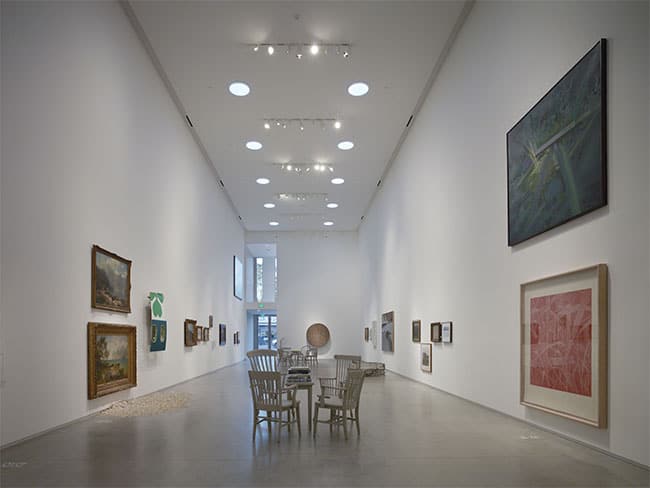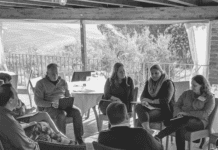
What makes a meeting truly stand out from others? It’s not necessarily how much money was spent but how many positively memorable moments the attendee recalls. Meeting industry speaker and consultant Kare Anderson offers the following suggestions for immersing attendees in planned sequences of memorable moments that involve the 5 senses: smell, taste, sound, sight, and even “touchable” experiences.
Start by conducting a “Sensory Exposures Audit” of all the images to which your attendees will be exposed, from the pre-meeting mailings and other contacts through the meeting itself and post-meeting reinforcements. Just as political campaigns have “advance agents” who walk through every step of an event ahead of time to consider all that might go right or wrong (from slippery steps to photo-opportunity backdrops), you can mentally visualize each “vignette” attendees might experience.
Ask hotel and convention center staff for photos of the actual colors and patterns most frequently used in their sleeping, eating, meeting, and gathering spaces, and take notes on the combinations during your site visit so your theme colors and images are compatible and even complementary. Ask the staff where you’re going to find the most conflicting and comforting background sounds from piped-in music, other meetings, mechanical operations, catering procedures or beyond-the-facility noises.
A few considerations: Where do the smells go from the cooking and catering areas? Are the walkways carpeted? Is the carpet plush or thin? Is the facility signage large and easy to understand? What do the chairs feel like? Are there many comfortable places to relax and converse between organized activities? Is there much access to natural light (to elevate attendees’ moods) during daytime activities?
Borrow a storyboarding trick from TV advertisement creators. Write out the meeting “story” as a three-part series of sequences or “exposures” attendees will experience: pre-meeting, meeting, and post-meeting. For each “exposure” that the attendee will experience, write a brief description of the exposure in chronological sequence, as the attendee is most likely to experience it, down pages of paper in one of three columns: positive, negative, and neutral (exposures). Describe how the exposure is most likely to be experienced. For example:
• Positive: Candid photos taken as attendees enter the opening-night mixer, placed in pressed-board white frames inscribed with the meeting theme and hung on fish line in the buffet breakfast room the next day for their take-away souvenir.
• Negative: Inevitably long treks between certain meeting rooms.
• Mostly neutral: Conventionally decorated hotel rooms.
Then write out what the potential attendee will see, hear, smell, taste and/or touch. How many of the senses can you include in each exposure to make it more positively memorable?
Create more “low-tech” sensory experiences, such as more human touch. Increase the number of times an attendee is greeted by name or a handshake. Two studies were done in 1996 and 2002 in which two groups experienced the same public event, with the only difference that people in one group were safely touched (for example, shaking hands, touch on the top of the hand) just twice in a three-hour period. The so-called “touched group” described the people sponsoring the event as more intelligent, caring, and good-looking than did the other group.
Try higher-tech sensory moments, such as scenting a general session in keeping with the speaker and convention theme, gradually changing the scent three times—from lemon to lime to suntan lotion—during the course of the 40-minute, midwinter, pre-lunch keynote speech. Lightly scent the handouts to match. Technology now makes it possible to scent to refresh, relax, or renew—without allergic reactions.
You’ll begin to see your meeting as a theatrical production, considering the attendees’ senses every moment of the meeting.










